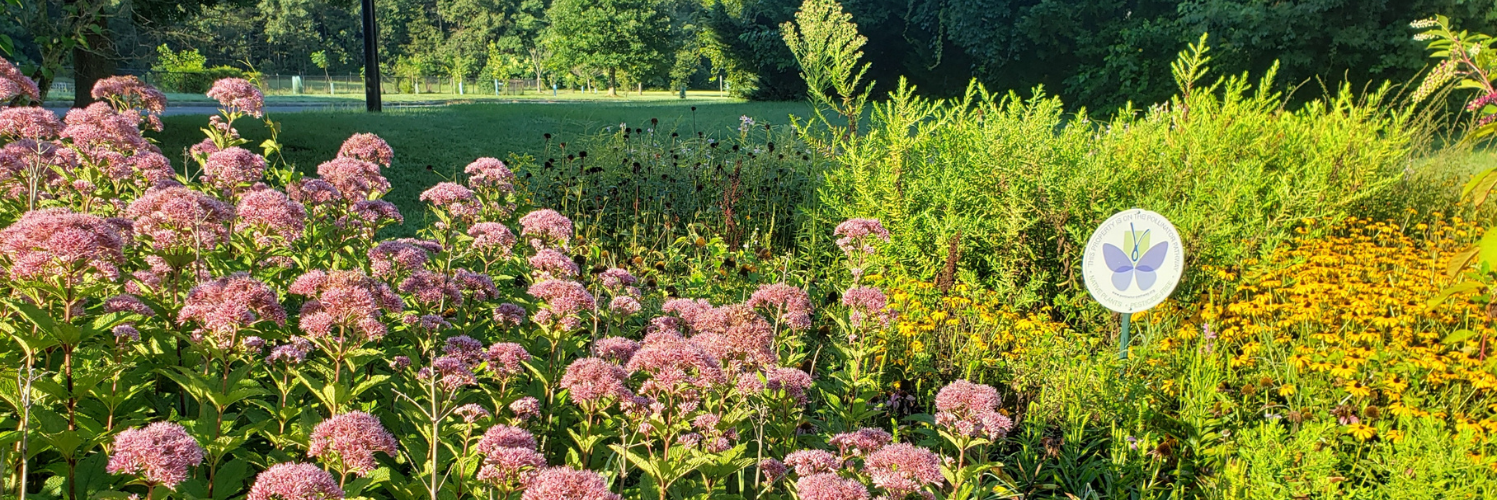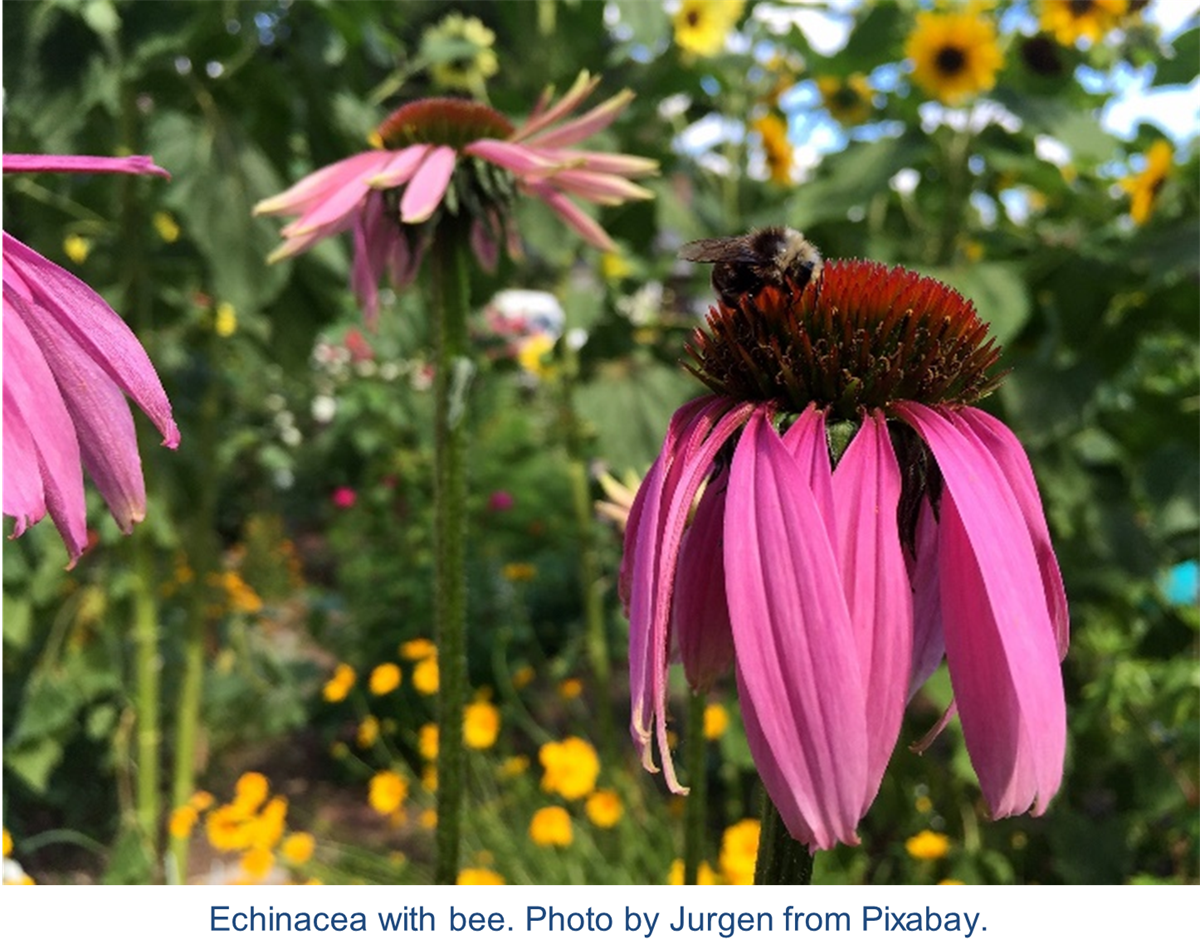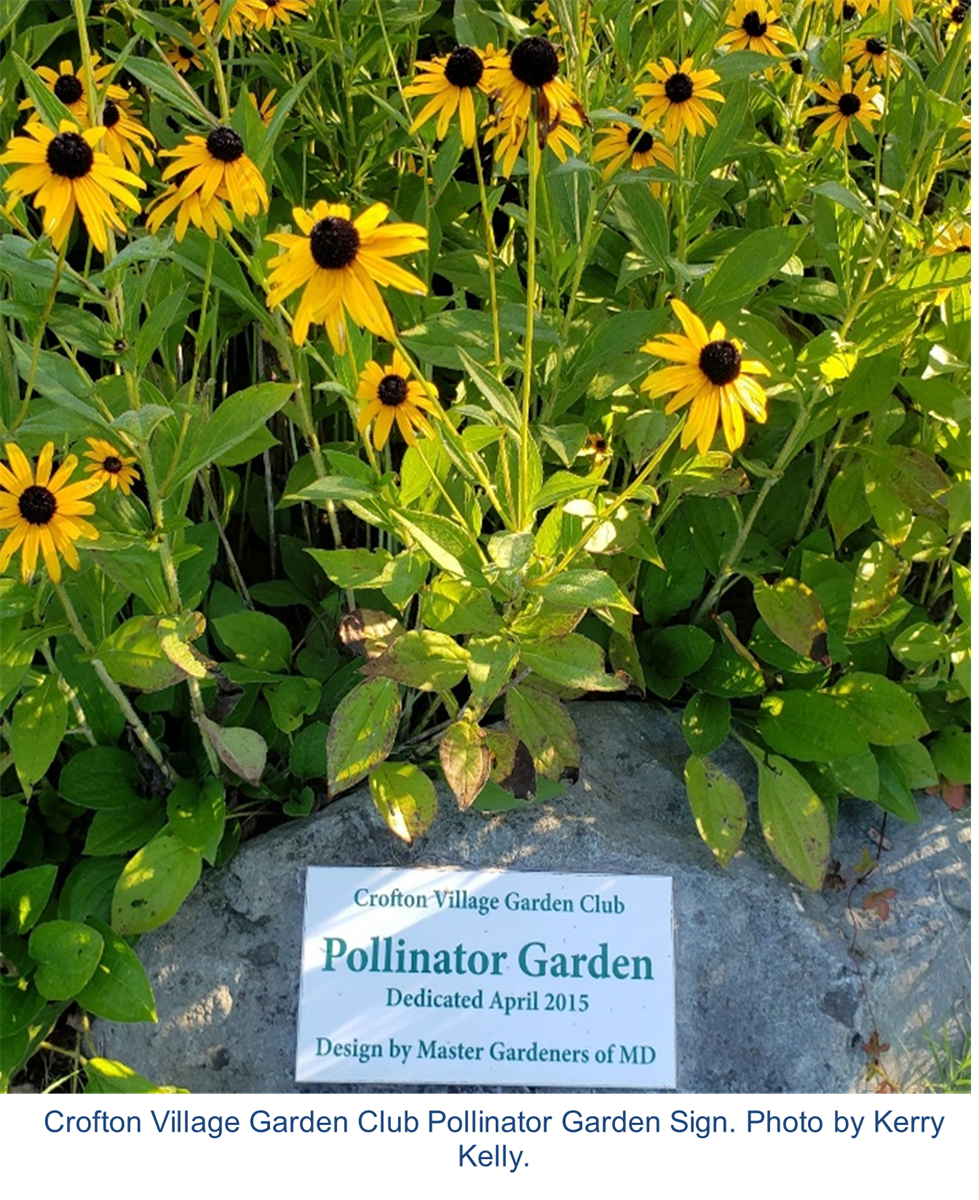Main Spotlight: Connecting, Innovating, and Sustaining a Healthy Main Street Movement
Key takeaways from six sessions at the 2025 Main Street Now Conference.
Aprenda soluciones basadas en datos para retos complejos en el Taller de Transformación Comunitaria 2025 en Columbia y Hartsville, Carolina del Sur, del 13al15 de octubre.
Más información
Marion, Iowa © Tasha Sams
We work in collaboration with thousands of local partners and grassroots leaders across the nation who share our commitment to advancing shared prosperity, creating resilient economies, and improving quality of life.

Emporia, Kansas © Emporia Main Street
Made up of small towns, mid-sized communities, and urban commercial districts, the thousands of organizations, individuals, volunteers, and local leaders that make up Main Street America™ represent the broad diversity that makes this country so unique.

Chicago, Illinois © Main Street America
Looking for strategies and tools to support you in your work? Delve into the Main Street Resource Center and explore a wide range of resources including our extensive Knowledge Hub, professional development opportunities, field service offerings, advocacy support, and more!

Waterloo, Iowa © Main Street Waterloo
Your one-stop-shop for all the latest stories, news, events, and opportunities – including grants and funding programs – across Main Street.

Kendall Whittier — Tulsa, Oklahoma © Kendall Whittier Main Street
Join us in our work to advance shared prosperity, create strong economies, and improve quality of life in downtowns and neighborhood commercial districts.

Pollinator gardens are fantastic ways to increase green space, promote sustainability, and educate your community on the local environment. We have collected some key considerations for designing and populating your pollinator garden to help you get started attracting bees, bugs, and butterflies to your Main Street.

The first step to creating a pollinator garden in your community is to find your growing zone so that you can be sure to choose plants that will be hardy in your area. You will want to use primarily native perennial plants in a variety of colors, shapes, and foliage textures for best results. It’s ok to use a few non-natives or annuals, but some studies suggest pollinators prefer native plants from their area. You will need to site the garden in a spot with at least 6 hours of full sun, as that is the average requirement for most plants that attract butterflies, bees, or hummingbirds.
You will also need to know how well your soil drains, as this will affect the plant choice. Most plants are happy in moist, well-drained soil, but you may need to select plants that can tolerate much drier conditions in very hot areas, or even rain garden plants if there may be periodic standing water. Very poor conditions may be improved by building a raised bed. Remember that most native plants do not require rich, fertile soil—in fact, too much fertilizer may promote foliage at the expense of flowers. To conserve water and deter weeds, the ground between plants should be covered with 1-2 inches of “mulch.” This might be aged bark, pine fines, or small stones, depending on the style of your garden.
If you do not have an unpaved area for planting you might consider very large planters, either trough-shaped or round. The larger the planter the less it will need to be watered; self-watering containers are an excellent option. A depth of at least 18” is recommended, as most native perennials have deep root systems to ensure their survival.

Once your site has been readied, you’ll want to consult a native plant list appropriate for your location. Most state agencies and major universities will provide such a list online that includes pollinator information. Choose plants that match your site. Even though red cardinal flower may be native to your area, if your soil is very dry it would be a poor choice. Look for plants that flower at different times so something will always be in bloom.
To keep maintenance low and the planting attractive, avoid plants that tend to have known issues--beebalm or phlox with powdery mildew, for instance. Even something that seems perfect such as the monarch butterfly attracting common milkweed may end up being undesired if caterpillars heavily disfigure the foliage. It all depends on the look you are allowed to create when it comes to how “natural” you can get.
Plant in groups of at least three for smaller gardens, five for more expansive sites. Don’t cheat on the recommended spacing between plants (usually 18-24”). The garden might fill in faster but will result in extra work down the road. Repeating groupings throughout will tie the look together. Place taller plants toward the back or center. Mixing plants with different foliage textures, colors and habits will make a more attractive display.
For example, in a zone 7 garden, the upright, blue-green linear foliage of switchgrass plays well with swaths of daisy-shaped pink coneflower and golden black-eyed Susan with their rounded spiky seedheads. Punctuate with fluffy cylindrical pink liatris blooms and edge with low mounds of bright orange asclepias (A. tuberosa).